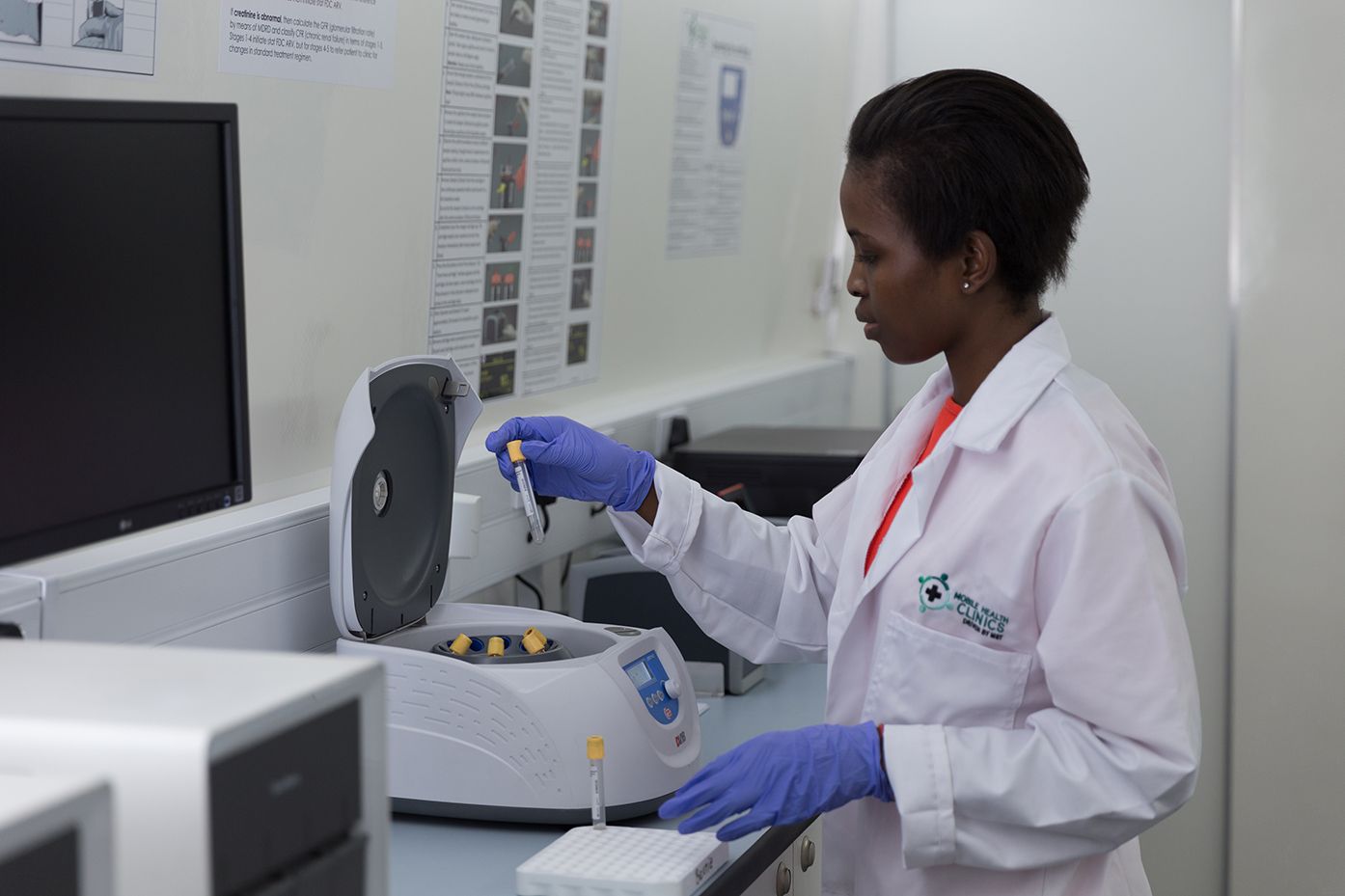Mobile Health Clinics – Changing the Way People Access Healthcare

Conversations about healthcare tend to focus mainly around issues of cost and quality.
Conversations about healthcare tend to focus mainly on issues of cost and quality. There’s debate about health insurance, health as a public service, and the standard of facilities. We quite frequently talk about the who and the what of healthcare, but we only very rarely discuss the where. For those living in urban areas, and particularly in wealthier districts, access to high-quality healthcare facilities is a given. In a nice, well-developed city neighbourhood, a good hospital is as much of a certainty as having a nearby police station or firehouse is. Comprehensive, quality care is almost always only a few minutes’ drive away. This is however unfortunately not how everyone lives. For much of the world’s population, the reality is starkly different.
In rural communities, small towns and sparsely populated, isolated regions, the nearest hospital could be hours, or even days away. By their nature, large medical facilities, which incorporate a full range of specialist services, need high population density. Without the economies of scale that urban environments provide, these sorts of places are not financially sustainable. This is where mobile health comes in. Population density is not a problem for vehicular facilities. They go to where the people are, covering as many, or as few, locations as needed.
Mobile health facilities do not only serve out of the way places though. Even in the heart of urban centres, there are people who do not have good healthcare access. People living in informal settlements, and those in impoverished, underserved communities, commonly do not have the sort of comprehensive infrastructure that those in more developed city neighbourhoods have. They may have to travel a long way to find care—particularly if the only nearby options are the expensive, private healthcare facilities.
In both sorts of communities, where brick and mortar facilities either cannot reach, or cannot survive, vehicle-based facilities are essential. In recent years however, mobile health solutions have been creating additional opportunities. Advancements in technology and the miniaturisation of medical equipment has made it possible to do far more with a facility on wheels than ever before. In the past, only basic primary and preventative care could reliably be provided from a mobile platform, but now, mobile facilities can do virtually anything their brick-and-mortar counterparts can – more if you count the fact they can move around.
So today, mobile health facilities serve people in many environments. They travel to care facilities for routine checks, and private homes for x-rays and dialysis. There are even mobile MRI scanners. Vehicular healthcare solutions are able to provide access to every type of care needed, wherever it is needed. Convenient, flexible, and extensible, they are transforming the way healthcare networks operate. Brick and mortar hospitals and clinics cannot scale to meet increased demand. They cannot be moved to respond to epidemics and disasters. They cannot cost-effectively meet the healthcare needs of people outside of established, densely populated urban areas. And they cannot visit people at their homes. Mobile facilities can.
